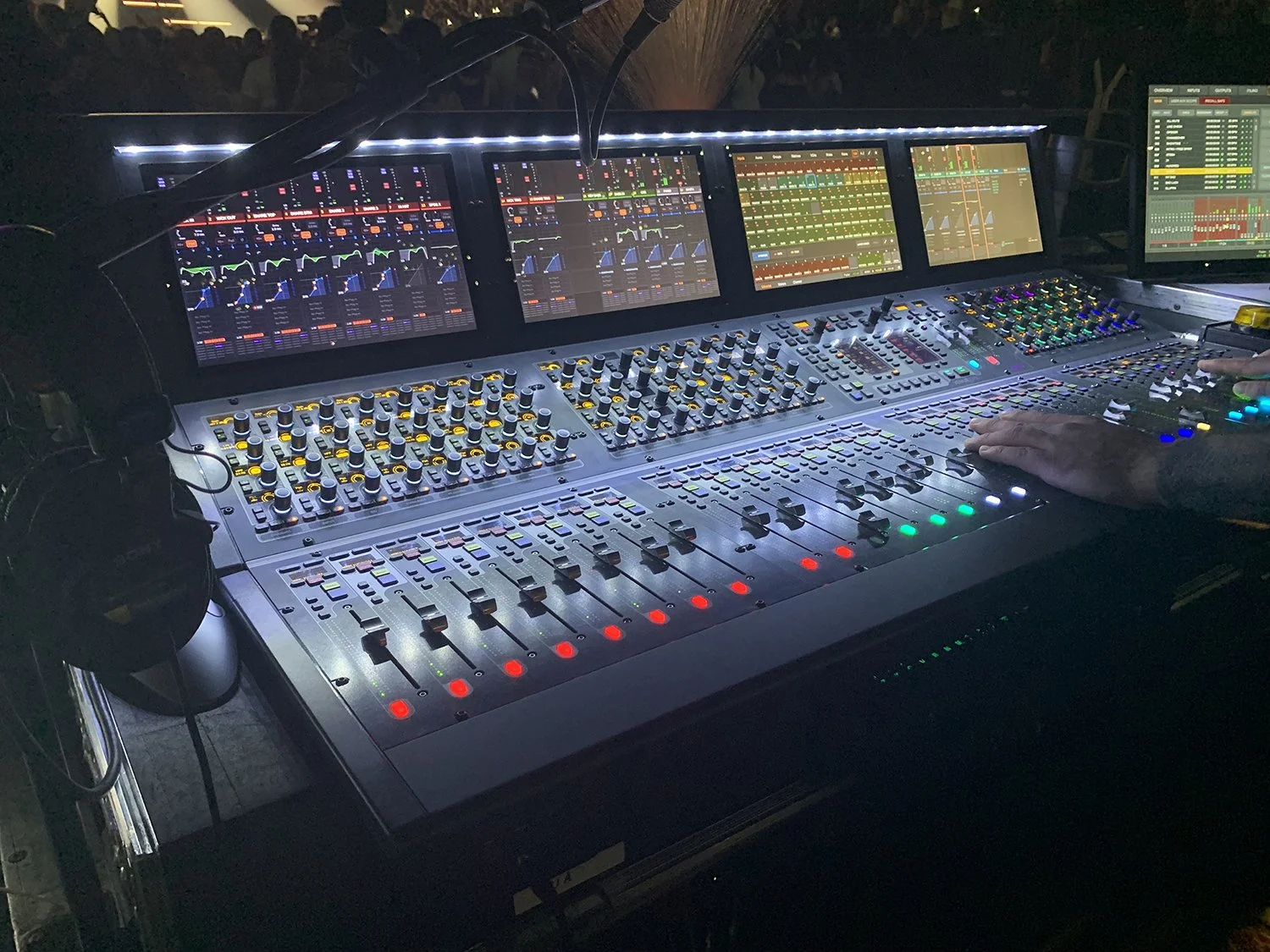In live sound, we need to know how much volume we have in the speaker system before clipping.
Read MoreIn live sound systems, clipping an audio signal can eventually damage a speaker. This can be expensive to replace.
Read MoreThe wireless audio landscape is changing year by year, which makes the job of an RF (Radio Frequency) coordinator increasingly important.
Read MoreOnce we have a good mix we need to route it to the output of the mixer.
Read MoreYou can assign input channels to VCAs or Subgroups, but they function differently.
Read MoreCompression can help you build a well balanced mix.
Read MoreGates are especially effective on percussion and other transient sounds.
Read MoreBoth Parametric and Graphic EQ can dramatically alter a sound, but each tends to work best in specific situations.
Read MoreSoft Patching is a super handy feature of digital mixers.
Read MoreCorrectly setting input gain is the first step to a great mix.
Read MoreBeing aware of a microphone polar pattern can help you control what gets in (or stays out of) your mix.
Read MoreThis handy trick has been a life saver when I’m mixing monitors from FOH.
Read MoreDirect Boxes (DIs) are how we connect electrical audio signals to the mixer.
Read MoreA speaker may need more than one channel of amplification.
Read MoreThe needs for PA zones varies on the venue and type of performance.
Read MoreMany engineers use both a mic and a DI for bass guitar. This gives us options while building a mix.
Read MoreTwo input sources for the same instrument don’t always line up perfectly.
Read MoreMicrophones can “color” a sound by their unique frequency response.
Read MoreThe type of cable you use determines how far you can run the signal.
Read MoreManipulating frequencies is one the main ways we shape our mixes.
Read More



















